Federico Carminati
Quantum Generative Adversarial Networks in a Continuous-Variable Architecture to Simulate High Energy Physics Detectors
Jan 26, 2021
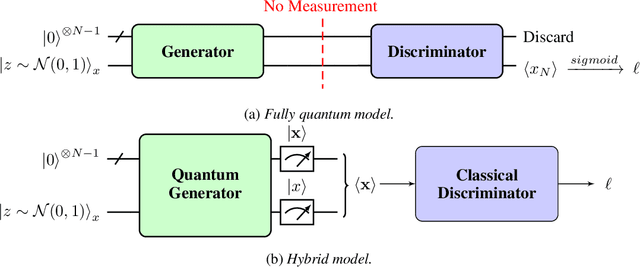
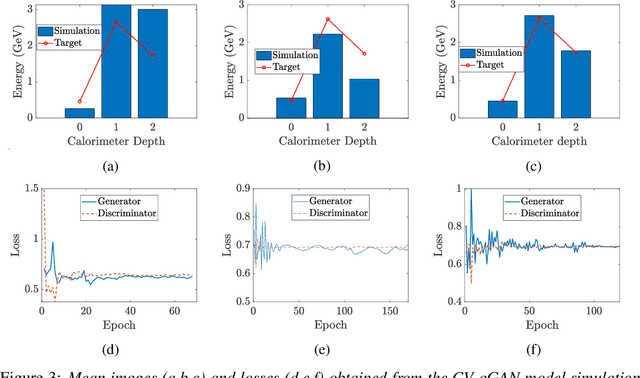
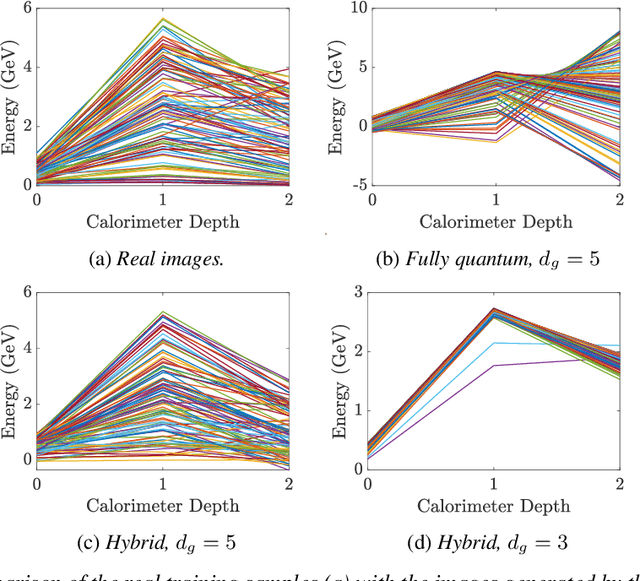
Abstract:Deep Neural Networks (DNNs) come into the limelight in High Energy Physics (HEP) in order to manipulate the increasing amount of data encountered in the next generation of accelerators. Recently, the HEP community has suggested Generative Adversarial Networks (GANs) to replace traditional time-consuming Geant4 simulations based on the Monte Carlo method. In parallel with advances in deep learning, intriguing studies have been conducted in the last decade on quantum computing, including the Quantum GAN model suggested by IBM. However, this model is limited in learning a probability distribution over discrete variables, while we initially aim to reproduce a distribution over continuous variables in HEP. We introduce and analyze a new prototype of quantum GAN (qGAN) employed in continuous-variable (CV) quantum computing, which encodes quantum information in a continuous physical observable. Two CV qGAN models with a quantum and a classical discriminator have been tested to reproduce calorimeter outputs in a reduced size, and their advantages and limitations are discussed.
Calorimetry with Deep Learning: Particle Simulation and Reconstruction for Collider Physics
Jan 08, 2020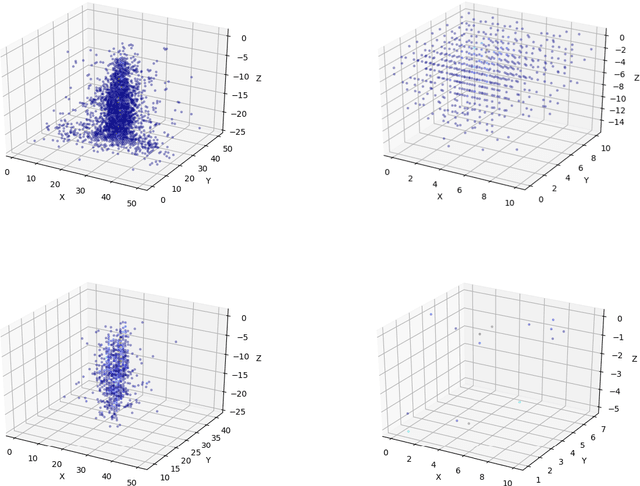

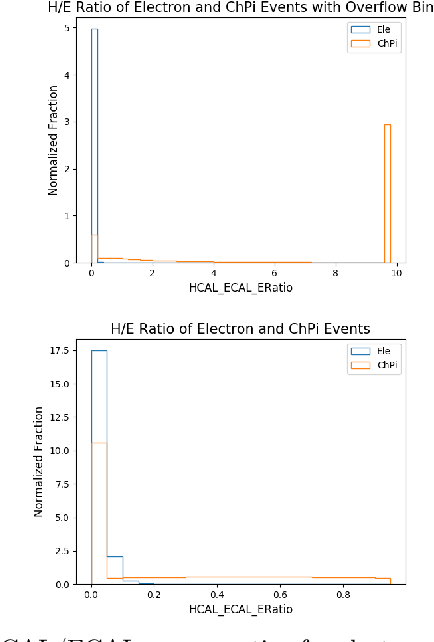
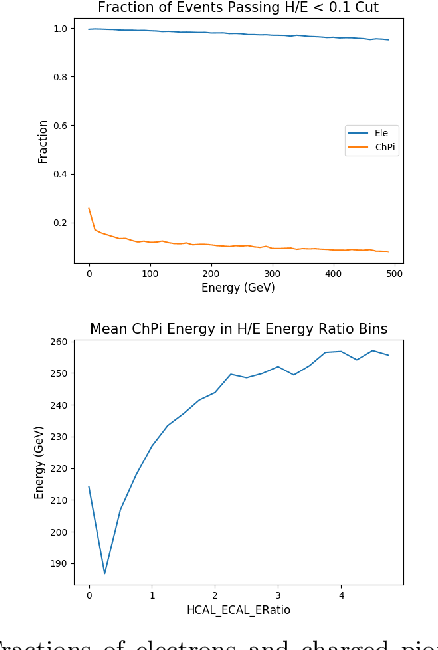
Abstract:Using detailed simulations of calorimeter showers as training data, we investigate the use of deep learning algorithms for the simulation and reconstruction of particles produced in high-energy physics collisions. We train neural networks on shower data at the calorimeter-cell level, and show significant improvements for simulation and reconstruction when using these networks compared to methods which rely on currently-used state-of-the-art algorithms. We define two models: an end-to-end reconstruction network which performs simultaneous particle identification and energy regression of particles when given calorimeter shower data, and a generative network which can provide reasonable modeling of calorimeter showers for different particle types at specified angles and energies. We investigate the optimization of our models with hyperparameter scans. Furthermore, we demonstrate the applicability of the reconstruction model to shower inputs from other detector geometries, specifically ATLAS-like and CMS-like geometries. These networks can serve as fast and computationally light methods for particle shower simulation and reconstruction for current and future experiments at particle colliders.
Machine Learning in High Energy Physics Community White Paper
Jul 08, 2018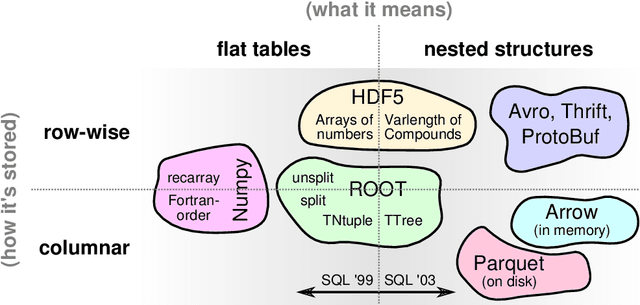
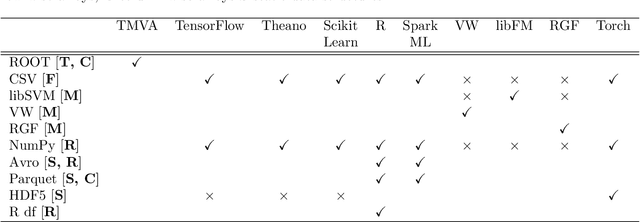

Abstract:Machine learning is an important research area in particle physics, beginning with applications to high-level physics analysis in the 1990s and 2000s, followed by an explosion of applications in particle and event identification and reconstruction in the 2010s. In this document we discuss promising future research and development areas in machine learning in particle physics with a roadmap for their implementation, software and hardware resource requirements, collaborative initiatives with the data science community, academia and industry, and training the particle physics community in data science. The main objective of the document is to connect and motivate these areas of research and development with the physics drivers of the High-Luminosity Large Hadron Collider and future neutrino experiments and identify the resource needs for their implementation. Additionally we identify areas where collaboration with external communities will be of great benefit.
 Add to Chrome
Add to Chrome Add to Firefox
Add to Firefox Add to Edge
Add to Edge